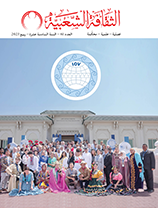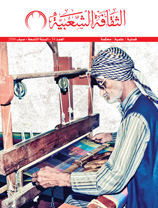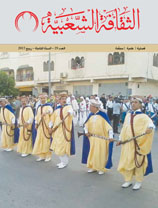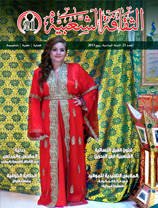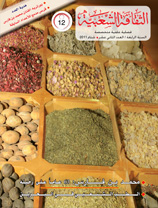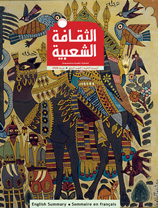The Dynamic of Tradition: Or How the international becomes local, national and then international
Issue 10

Al –Mouldi AL-Lahmar (Tunisia)
No sooner the experiment transformed its system from curiosity and/or admission by the urban Tunisian elite and the foreign tourists. The experiment is consequently transformed to a major component of the memory and the cultural Tunisian official identity, and to a component of the national artistic heritage. However, questions that come to the mind are: How have all this happened, what are the dimensions and the significances of this phenomenon. The researcher tries to explain these issues through: first, describing the experiment on the empirical level. This is achieved by concentration on how the local craftsmanship taken place has and how it is shaped from an exterior perspective. Second, reading the phenomenon in its local, international and the recent texts. Lastly, deduction of some arguments based on the previous questions which are related to heritage as a subject for the sociological thinking. In brief, the researcher comes out with three deductions manifesting the dynamism of the heritage between the international, the local and the national. These deductions are: First, the heritage is not a cultural repository at our disposal. It is a renewable industry closely related with the continuous transformation wellexperienced by the human communities and the dynamic conflict taking place inside these communities. Within four decades the craftsmanship of Sajnan has been marginalized and absorbed in the nationality. All this has deprived this craftsmanship of its symbols and modern significances. Not only that but is has also started to fade away from the collective memory and lost the interest of the officials and the elite who attempted to accommodate it in the national traditional. Hence the cultural value of this craftsmanship has gone beyond locality and is redeemed from inferiority. This experience illustrates a good example of the concrete hypothesis about the social applications of the heritage. The second deduction has much to do with an irony widely spreading all over the world, that the new international global context where the dynamics of the local heritage are active, makes this heritage dubious. In the same time this context affords the national political conditions which are essential for the union of the national countries to preserve heritage. The goal of this claim is to shape and reconstruct the heritage as basics for the national response against the accelerating powers of cultural globalization. Thirdly, we are also facing an interesting irony; that heritage as immaterial culture becomes a commodity as a result of the globalization of the capitalistic model. This transformation has paved the way for the powers which are not restricted in narrow national frames and free of certain cultural values. These directions could not be apprehended according to new concepts and hypothesis of the recent social theory.











